DID YOU KNOW THE GOOD SIDE OF THE VELVET ANT’S PAINFUL STING?
PICKS FOR YOU
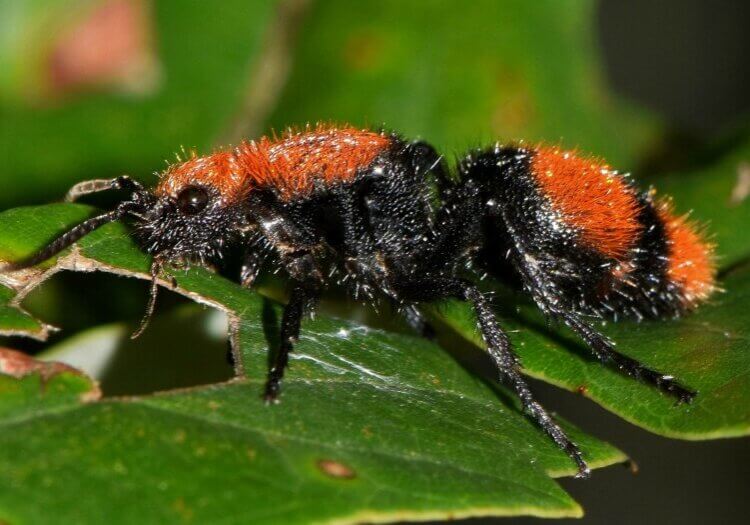
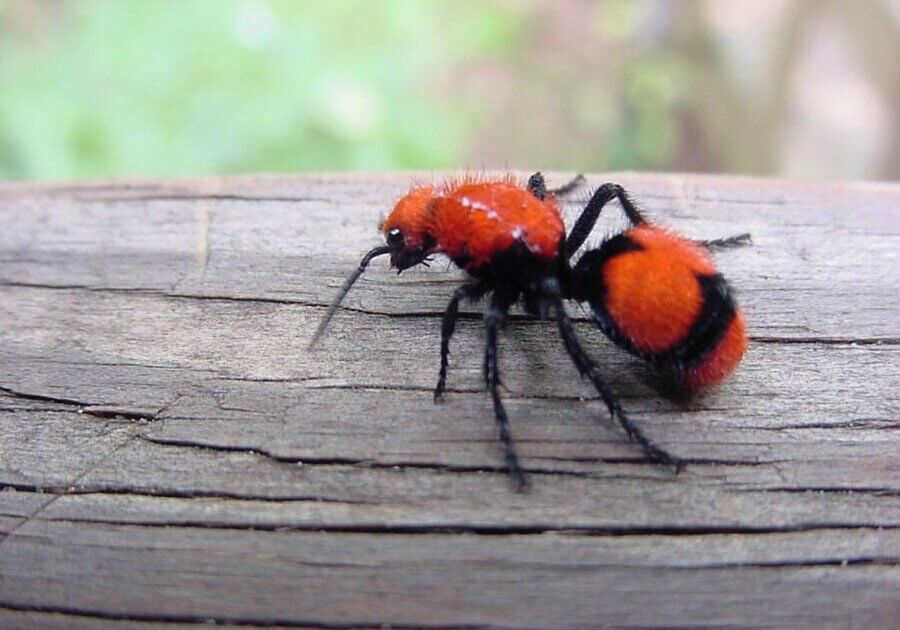
Velvet ants, commonly referred to as red velvet ants, aren’t ants. They belong to the family of wasps comprising of over 3,000 members. The velvety appearance is due to tiny bristles that cover their body. The term “cow killer” often refers to a variety that looks like an enormous, brightly colored ant.
The female velvet ants feed on insect prey and have no wings. They are often observed walking erratically on the sand or bare ground, especially during the summer warm months, searching for bees or wasps that nest on the ground. When they find a suitable nest, they lay their eggs in the nest. When a developing wasp or bee eats the velvet ant egg, the predator becomes parasitized internally. When the egg hatches, the immature velvet ant feeds on its host and forms a cocoon within the host's pupae case.
Male velvet ants have wings. Like male wasps and bees, they don’t sting. However, female velvet ants have a powerful stinger that occupies half their length. The wasp makes a buzzing sound from its abdomen and secrets warning chemicals from its mouth when threatened. Besides, the ant’s defenses include an unusually strong body, giving the ant weaponry that makes it invincible to birds, amphibians, mammals, reptiles, and other predators.
The velvet sting is exceptionally painful. According to one study based on the human pain index, the bite ranks fourth out of 62 species of bees and wasps, with only three judged to be more painful. The painful sting keeps predators such as mockingbirds, bluebirds, lizards, toads, and shrews at bay. In one study, out of 100 interactions with birds, mammals, and other predators, only a toad managed to swallow a velvet ant and became sick for a day after that.
The bright side of the velvet ant's extremely painful sting is that after about a minute of being stung the pain subsides and leaves no swelling. The next time you see a velvet ant treat it with respect.
Sign up to learn about new articles!
Be the first to know when we post a new nuggets of wisdom on Zala Hub. Read exciting and educative articles about the natural world!
What is the lifespan of ants?
WHAT IS THE LIFESPAN OF ANTS? Queen Worker ant When in a colony, worker ants can live 1 to 3…
Read MoreWhy do stinging ants that protect African acacia trees from animals and insects not chase away insects that pollinate the acacia trees?
WHY DO STINGING ANTS THAT PROTECT AFRICAN ACACIA TREES FROM ANIMALS AND INSECTS NOT CHASE AWAY INSECTS THAT POLLINATE THE…
Read More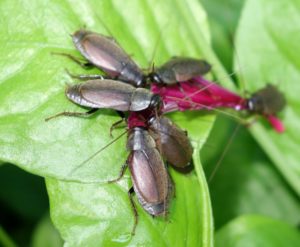
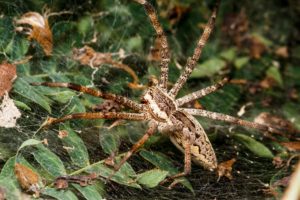
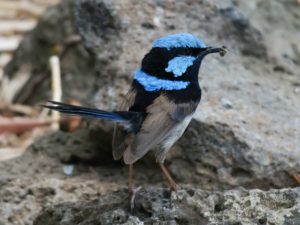

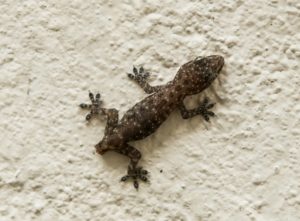
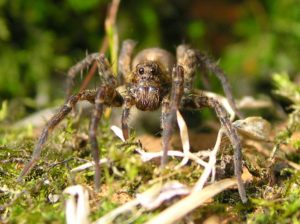
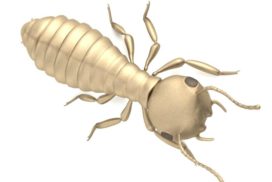
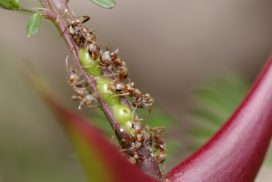
I was reading some of your content on this website and I conceive this site is really informative ! Keep on putting up.